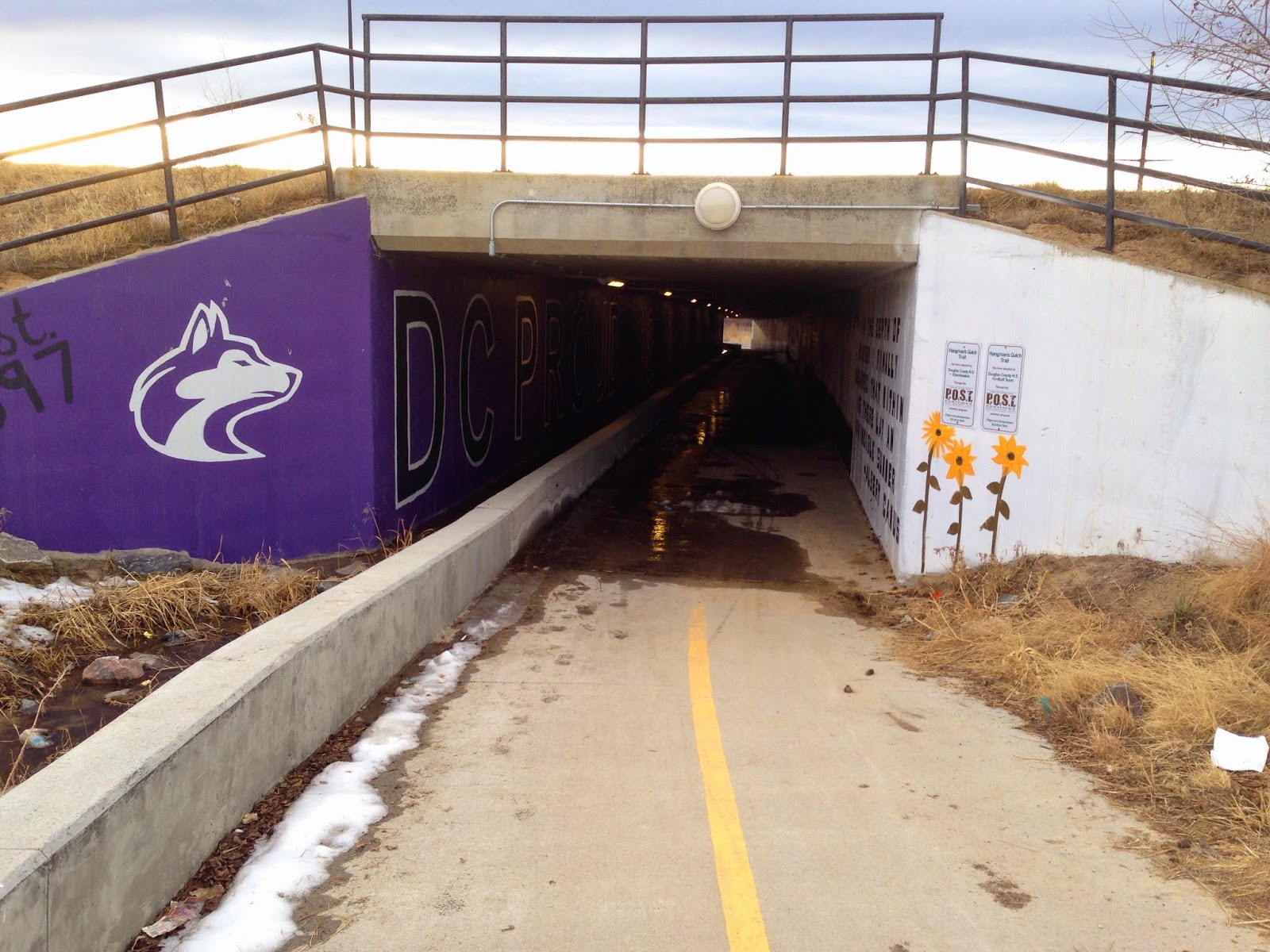 |
| Rocky Mountain National Park in Winter |
Of all the wild and beautiful places in Colorado, one of my favorites is
Rocky Mountain National Park. Covering over 265,000 acres (415 square miles), the park hosts 350 miles of hiking trails. The park is surrounded on 3 sides by National Forests. While the "official" summer season is over 90 days away, and the high country is still under several feet of snow, I like to look at the areas of the park to visit and plan a few backpacking trips.
 |
| RMNP Lawn Lake |
I have day hiked in Rocky Mountain National Park many times over the years but have not yet backpacked there. Bicycling Trail Ridge Road in 2001 as part of Ride The Rockies was beyond incredible! I remember the Long's Peak Trail hike being awesome up to Chasm Lake and the views of the Mummy Range from the Lawn Lake area really cannot be beaten. Never Summer Mountains is also a place I plan to backpack, as is the North Boundary Trail. The Poudre River Trail and the Wild Basin areas are also calling my name. There are lots of trails to waterfalls and lakes as well as peaks. I'll start with an overnight trip or two and expand into a 2-3 day backpacking trip by summers end, scheduled around my work and family obligations.
 |
| RMNP Alpine Wildflowers |
This
hiking link contains the top 10 hikes in the park, many of which take you to areas which are backpack-ready. Pack your ultralight pack, bring your down quilt, your Esbit stove and some food and water, and prepare to be wowed by the scenery and fantastic views. Dress in layers, plan on it being near freezing during nights near mountain tops. The streams are guaranteed to be cold where you filter your water. Do bring a map and compass. Remember to leave no trace.
 |
| RMNP Never Summer Mountains |
For hiking with the family or taking your children for a day trip, here are the
best easy day hikes in RMNP. Don't forget to drive Trail Ridge Road over the top. Beware of the elk jams.
Road bicycling in the park is good (if you are careful). The surrounding National Forests provide miles of off-road riding and the Colorado mountains have excellent road bicycling.
Plan on lots of people visiting the park with you. RMNP have averaged over 3 million park visitors each year, most arriving during the three summer months.
Even with all those visitors, you can still enjoy a peaceful trip in the park by backpacking a few miles in from the trail head. This
list of all 80 trails in the park will provide you with enough miles to hike most of the summer.
Do read about the trails that were
damaged by the 2013 floods. Most of the roads and trail access should be open by this summer, but there are a few areas that are not yet restored. If you have questions about a trail, call the parks Information Office at 970-586-1206.
 |
| RMNP Alluvial Falls |
To help with planning your trip, here is a zoom-able
PDF map of the park with the trails shown.
You will need a bear-proof container to store your food as it is required for protection of the black bears in the park. The one I am looking at is the
Bare Box Contender for my short trips, and big thanks to Section Hiker for such a good product evaluation.
For permit-planning, here is a
RMNP brochure that will answer all your questions. There are also many trail guides, maps and other material available about the park. Check out these pages from the
Rocky Mountain Conservancy shop or search online for Rocky Mountain National Park at
Amazon.
 |
| RMNP Trail to Longs Peak |
These blog photos are copied from the RMNP website. All the photos I have are of my family there, so I won't show you those. I promise to photograph the alpine vistas myself for the rest of the stories I write.
For permits (required for backpacking) call the Backcountry Office at 970-586-1242.


























